Same Day Shipping EMI & COD on most products
Trusted Partner Since 1969
GST B2B Billing  Help
Help  00919699976817
00919699976817
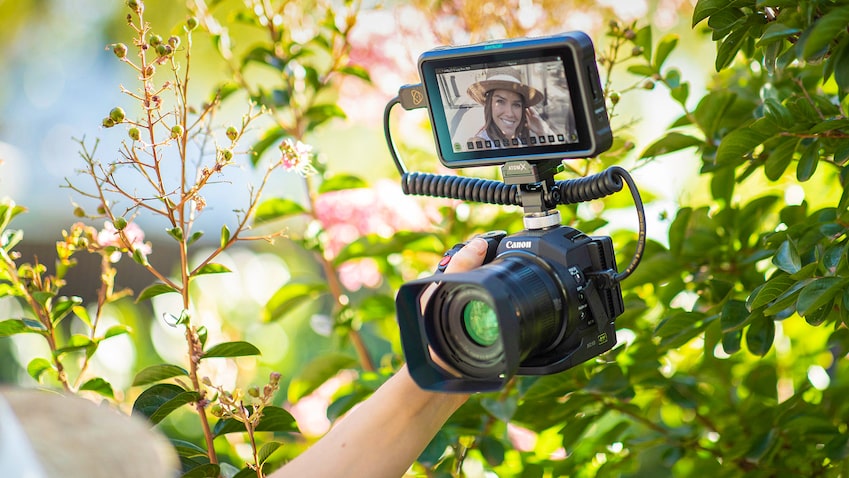
Showing all 17 results
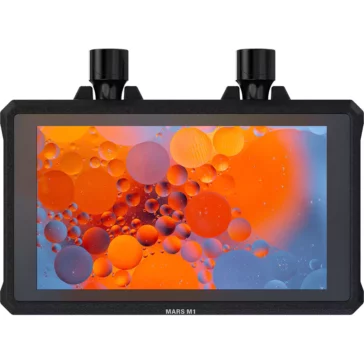
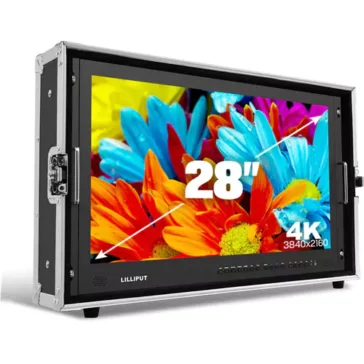
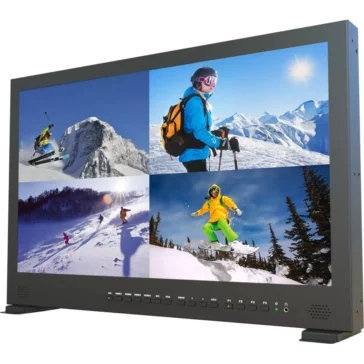
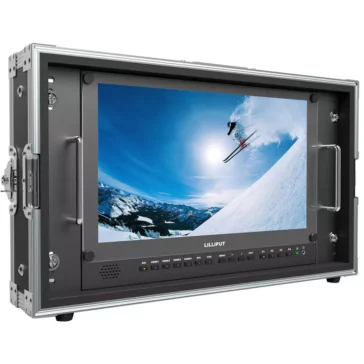
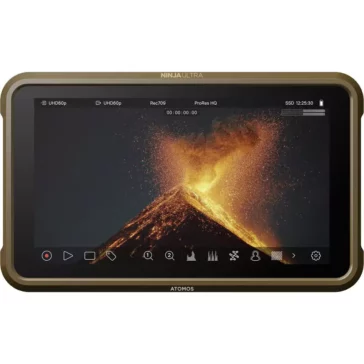

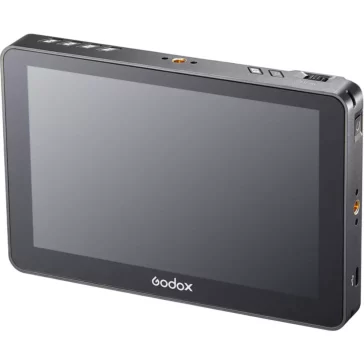
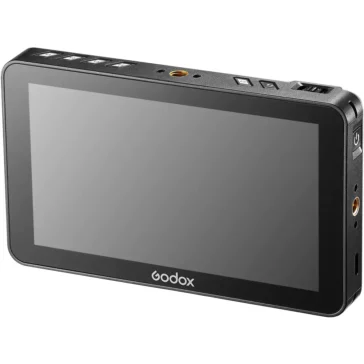
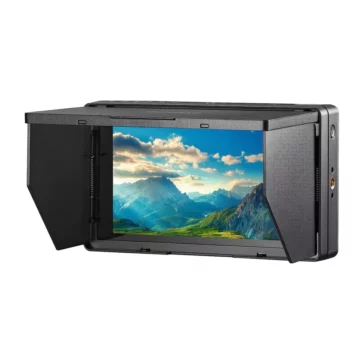
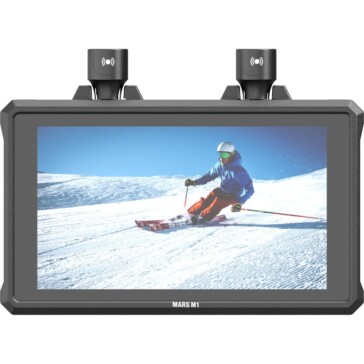
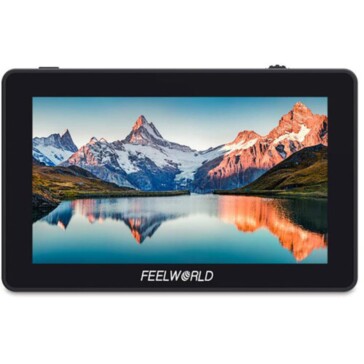
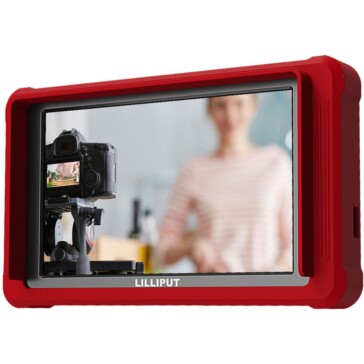
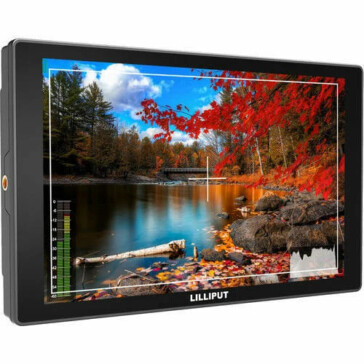
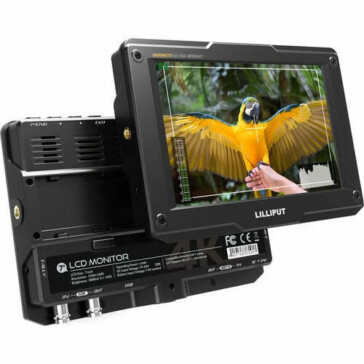
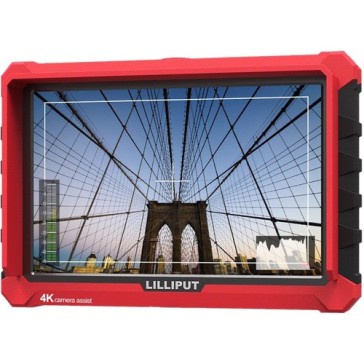
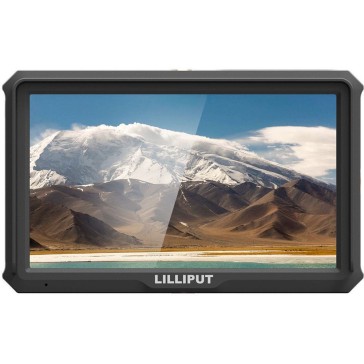
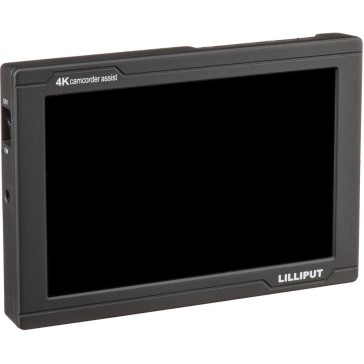
On Camera Monitors: The Comprehensive Guide to Elevating Your Filmmaking
Introduction
In the realm of videography and photography, technology has always played a pivotal role in shaping the way content is created. Among the myriad of tools available to filmmakers, on-camera monitors stand out as a game-changer. These devices, once seen as a luxury, have now cemented their place as a staple in professional kits worldwide.
Chapter 1: The Evolution of On-Camera Monitors
The journey of on-camera monitors is a testament to the ever-evolving nature of filmmaking. From rudimentary screens to high-definition displays, these monitors have undergone significant transformations. Early versions were bulky, with limited functionalities. However, as technology advanced, so did the features, leading to sleek designs, touch-screen capabilities, and unparalleled display quality.
Chapter 2: Why Every Filmmaker Needs an On-Camera Monitor
Enhanced Video Output: On-camera monitors amplify the camera’s video output, ensuring that what you see is a true representation of your vision.
Precision and Accuracy: The larger display allows filmmakers to spot and rectify minute errors, ensuring that the final product is flawless.
Flexibility in Shooting: With the freedom to move away from the camera, filmmakers can experiment with angles, compositions, and perspectives, leading to more dynamic shots.
Advanced Features: Modern monitors come packed with features like waveform, histogram, and focus peaking, providing filmmakers with a suite of tools to perfect their shots.
Chapter 3: Delving into the Technicalities
Resolution: Just like any screen, the resolution determines the clarity. For professional filmmaking, a full HD resolution is a minimum requirement.
Brightness and Sunlight Visibility: A monitor’s brightness, measured in nits, determines its visibility under bright conditions. For outdoor shoots, a monitor with at least 1000 nits is recommended.
Color Accuracy: For filmmakers, color reproduction is crucial. Monitors with color calibration ensure that the colors on screen match real-life hues.
Chapter 4: The Added Advantages of External Monitors
Beyond the basic functionalities, on-camera monitors offer added benefits:
Extended Battery Life: Most on-camera monitors come with robust batteries, allowing for extended shooting sessions without interruptions.
Software Enhancements: Features like 3D LUT support, false color, and zebra patterns aid in achieving the perfect exposure and color balance.
Versatility: Many monitors can double up as recorders, capturing high-quality raw footage directly onto an SSD.
Chapter 5: Making the Right Choice
With a plethora of options in the market, choosing the right on-camera monitor can be daunting. Here are some factors to consider:
Compatibility: Ensure the monitor is compatible with your camera, especially when considering features like HDMI/SDI input.
Budget: While it’s tempting to go for the high-end models, it’s essential to find a balance between cost and features.
Brand Reputation: Opt for brands known for their quality and after-sales service.
Conclusion
In the world of filmmaking, the right tools can make all the difference. On-camera monitors, with their myriad of features and benefits, have proven to be indispensable. Whether you’re a budding filmmaker or a seasoned professional, investing in a good on-camera monitor can elevate your work to new heights.
On-camera monitors are crucial for filmmakers because they enhance the camera’s video output, provide a larger display for precise focus, offer flexibility in shooting angles, and come with features that allow adjustments like contrast and white balance. They also ensure better visibility under bright sunlight and enable detailed viewing of the scene.
On-camera monitors improve video quality by providing a larger and clearer display, allowing filmmakers to spot any distracting elements in a scene. They also come with features that let users adjust various settings, ensuring the captured video is of the highest quality.
Yes, on-camera monitors can be used for photography. They allow photographers to stand back from the camera and get a new perspective on the picture before capturing it. This is especially beneficial for shots that require precision and detail.
When choosing an on-camera monitor, one should look for features like a high-resolution display, adjustable contrast and white balance settings, sunlight visibility, a durable build, and compatibility with the camera being used. Additional features like color calibration and focus assist can also be beneficial.



Most units are shipped same day using professional courier services with tracking.
We work round the clock to ensure you get the highest level of customer satisfaction.
Well packed, Sealed Units are shipped from our warehouse which are waterpoof & sturdy.
Design Info
GST: 27AYUPJ2628P1ZK
No.1, Saremals, Shastri Hall Building,
Nana Chowk, Grant Road West,
Mumbai 400007, Maharashtra, India
New Delhi Branch – South Ex 2, 110049
Also Ships DAILY from Brisbane, Dubai,
Berlin, Barcelona, Detroit & Vancouver.
Connect online / schedule a demo
Call/WhatsApp: +91-9699976817
Email: [email protected]
Live Chat: Business Hours
Follow Us: @designinfo.in
Copyright © 2014-2022 Design Info All Rights Reserved. Feedback on web experience
Since 1969